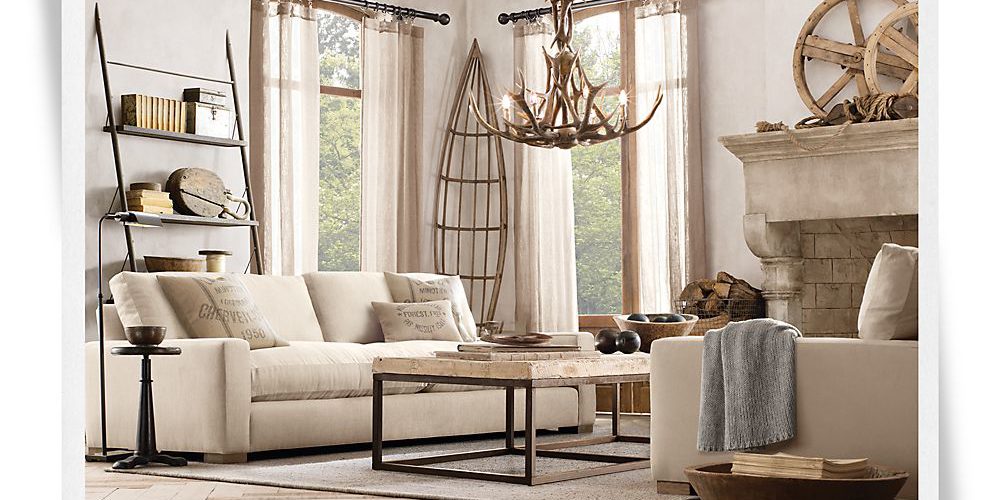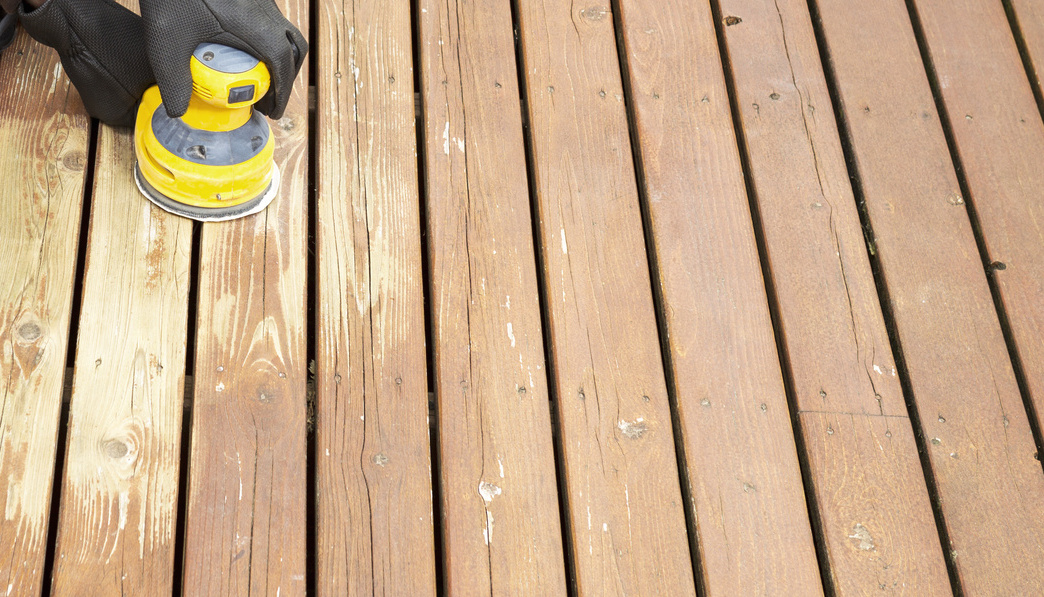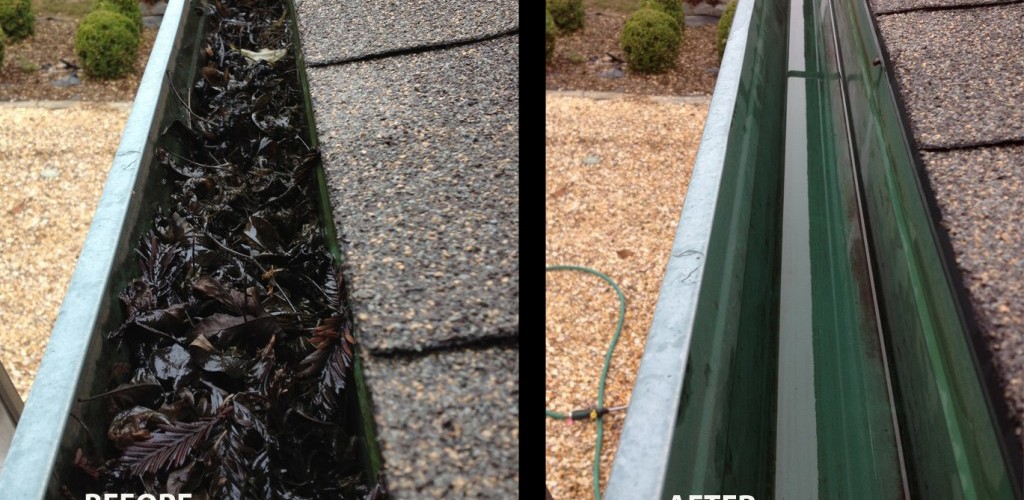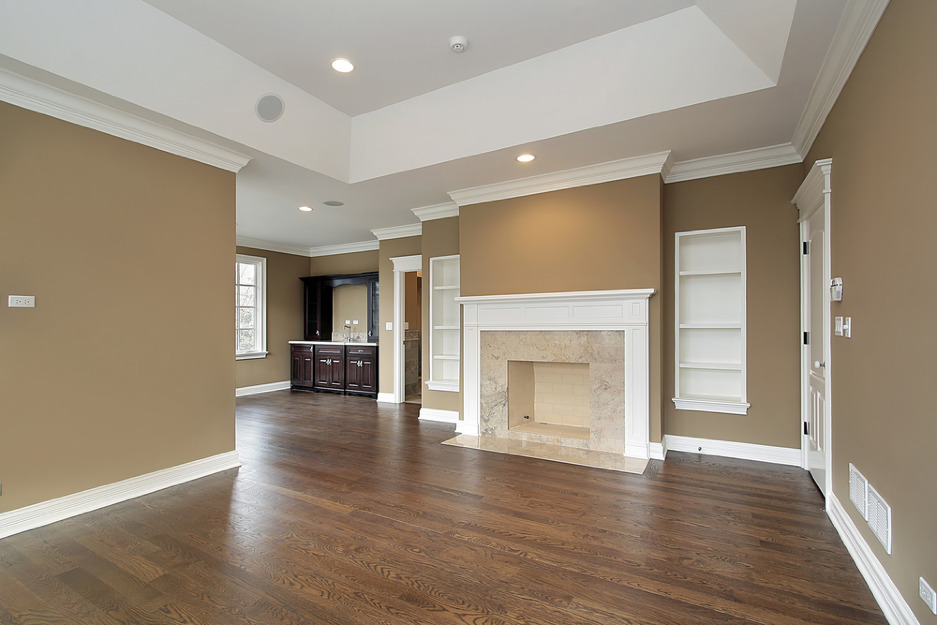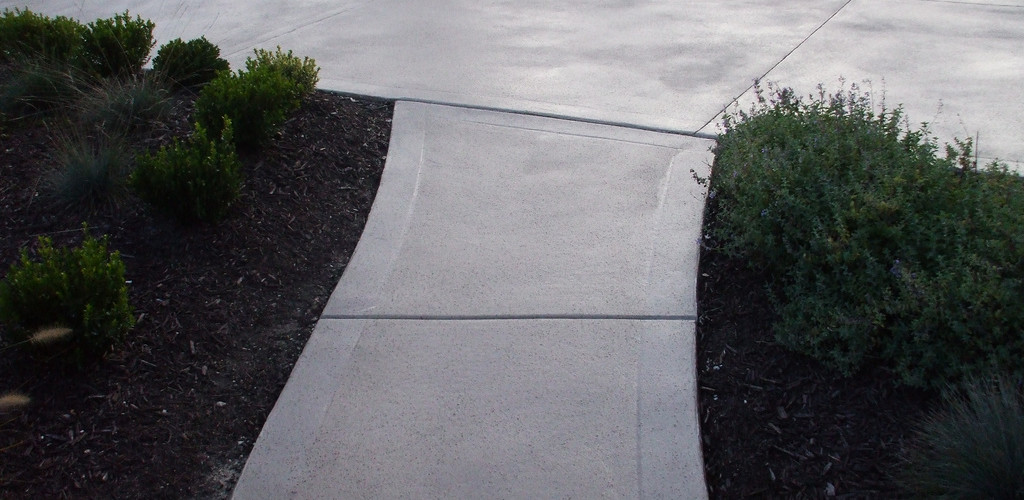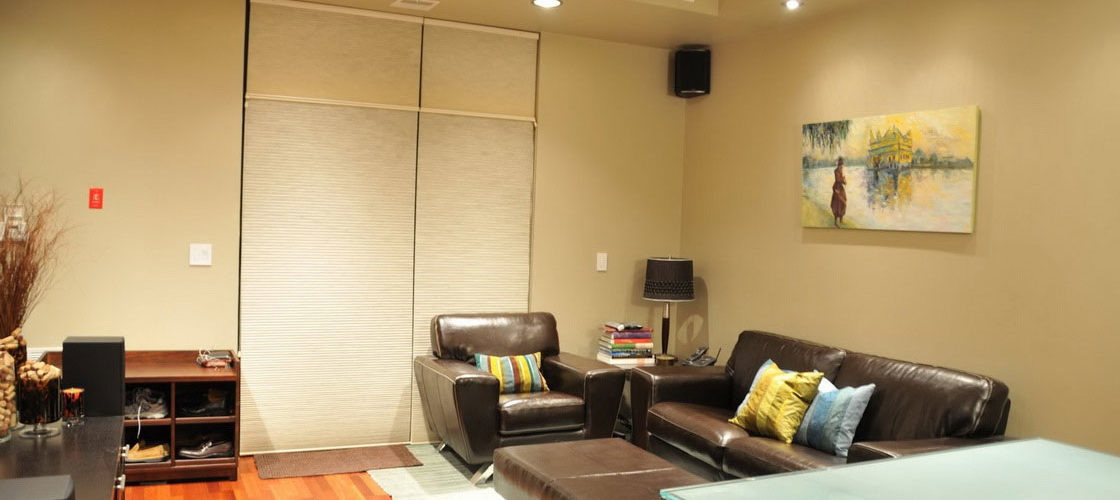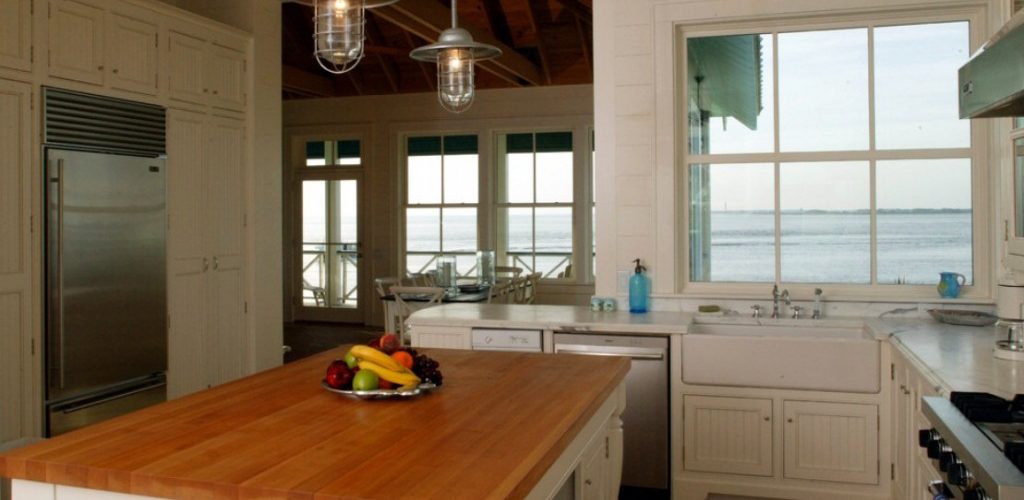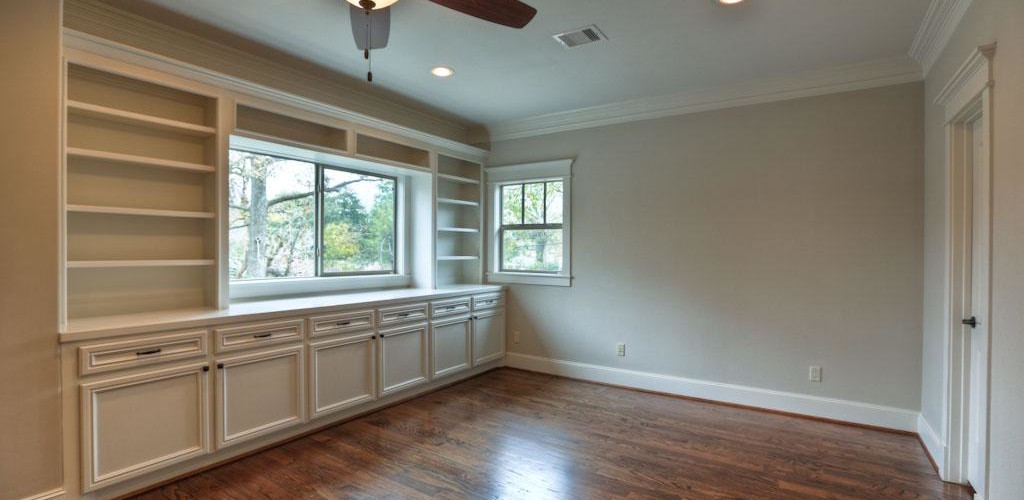If your wallpapering job didn’t go as well as planned, we can show you how to fix common wallpapering mistakes such as gaps, tears and bubbles.
TOOLS
- brush
- cloth
- sealant dispenser
- paintbrush
- utility knife
- sponge
- seam roller
- sanding block
- pasting brush
- filling knife
- small brush
MATERIALS
- white glue
- paint
- caulk
- filler
Filling Corner Edges
A superior finish for lining is achieved by using caulk or flexible filler along all trimmed paper seams. Caulk is applied using a sealant dispenser, and must be smoothed immediately.
Apply caulk evenly, creating a uniform bead along junctions.
Smooth with a wet finger to remove ridges and surface imperfections.
Use a damp sponge to smooth caulk. Rinse regularly.
Filling Gaps in Lining Paper
Imperfect seams on a lined surface may be improved by using some all-purpose decorating filler. Some manufacturers make ready-mixed “fine-surface filler,” which is ideal for use here.
Apply filler using a filling knife.
Let the filler dry, then use a sanding block to smooth any ridges.
Make sure the filler is “sized” before any wallpaper is hung.
Disguising Gaps in Wallpaper Seams
For a perfect finish, seams can be disguised in a wallpaper finish by painting the background a color similar to the paper “base” color.
Mark a line on the wall where the papers will meet. Paint over the line with the appropriate paint .
Allow the paint to dry. Then hang the first sheet of paper and smooth down with a brush.
Hang the second sheet next to the first. If there is space between the two sheets, the paint will disguise the gap.
Repairing Torn Wallpaper
Paper is delicate and can sometimes be torn by a sharp object. You can often repair damage by carefully repositioning the torn section.
Carefully pull back the torn section of paper.
Apply border adhesive or white glue to the wall with a small brush, taking care not to get it on the front of the paper.
Smooth the paper back into place with a damp sponge, removing excess adhesive.
Reattaching Paper That Is Lifting Off
Paper commonly lifts at its base, which is normally the junction with the baseboard. Poor initial application or moist air in a bathroom are the main causes.
Peel back the lifted section of paper, and apply border adhesive or white glue to it.
Use a damp sponge to smooth the paper back into place.
When the adhesive is dry, apply caulk along the seam between the paper and the wall.
Getting a Bubble Out of Wallpaper
Bubbles normally occur because of poor initial application. Where there are lots of bubbles, replace the paper. Where there are only a few bubbles, repair as shown.
Using a utility knife, cut open the bubble with a cross cut.
Open out the four leaves of the cut and apply a small amount of white glue with a small brush.
Use a sponge to smooth the leaves back into place, and allow to dry thoroughly.
Repairing a Peeling Seam
Seams normally peel because of poor initial application or because of an overlap. Overlaps are sometimes unavoidable, and (particularly with vinyl papers) they tend to peel easily if white glue was not used on the overlap during initial application. In either case, overlaps or peeling seams are easily repaired by using the following technique.
Sometimes when paper dries, the seams between sheets peel and look unsightly.
Carefully use a utility knife to pry back the overlap just enough to apply adhesive beneath it.
Apply a small amount of white glue, taking care not to get it on the front of the wallpaper.
Apply gentle pressure with a seam roller to flatten the seam edges together.
Wipe the seam clean with a wet sponge.
Dry the seam with a cloth, working in one direction to smooth the seam.

